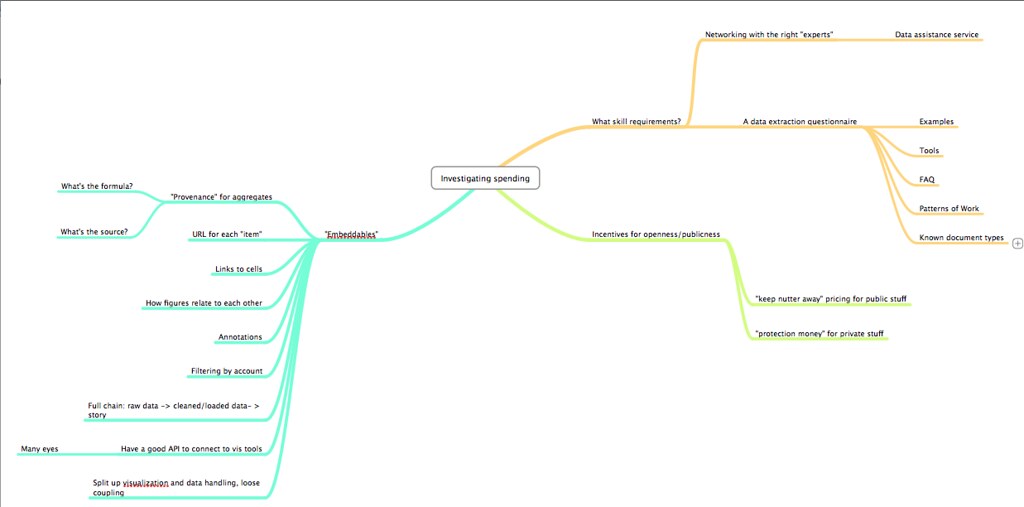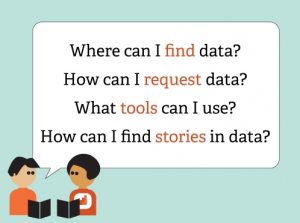Editor’s note: Back in 2009, Tripwire magazine published this comprehensive article about data visualisation tools. Although technology has come a long way since then, most of their tips are still relevant so we thought you’d like to take a pick. You’ll find some old school know-how to bring your data to life. Enjoy!
TRIPWIRE MAGAZINE – By LARS
Most people would agree that the old adage “A picture is worth a thousand words” is also true for web based solutions. There should be no discussion – Charts and Graphs are ideal to visualize data in order to quickly deliver an overview and communicate key messages. Whatever type of data presentation you prefer or suits you data (pie charts, bubble charts, bar graphs, network diagrams etc.), there are many different options but how do you get started and what is technologically possible? In this article tripwire magazine present more than 75 Tools for Visualizing your data on a website and most of the options available will be covered. If you are aware of a tool, script etc. that deserves to be added to the list I would kindly ask you to leave a comment to everyone’s benefit.
Introduction
Images says more than a thousands words. It is common sense and wise people has followed this rule for centuries by creating illustrations of thier ideas and thoughts. Today it is easier than ever as the technology for presenting nearly any type of information as a graph or chart on a web page is getting really mature. Reading through this article you will be faced with the problem on what technology and specific implementation you should use. It is not a trivial question and I recommend that you use comments on this article to share your ideas, concerns etc. with peer readers. This way you may get the input from the community that you need to create the optimal solution.
The article has been organised into the following sections.
Section 1: How to visualize you data using Javascript-based solutions
Section 2: How to visualize you data using CSS
Section 3: How to visualize you data using Server-side Solutions
Section 4: How to visualize you data using FLASH-based solutions
Section 5: How to visualize you data using Online Tools and Services
How to visualize you data using Javascript-based solutions
jqPlot Charts and Graphs for jQuery
The feature rich jqPlot is a plotting and charting plugin for the jQuery Javascript framework. There are plenty of hooks into the core jqPlot code allowing for custom event handlers, creation of new plot types and adding canvases to the plot.

flot – Attractive Javascript plotting for jQuery
Flot is a pure Javascript plotting library for jQuery. It produces graphical plots of arbitrary datasets on-the-fly client-side. It has been developed with focus on simple usage (all settings are optional), attractive looks and interactive features like zooming and mouse tracking.
The plugin works with Internet Explorer 6/7/8, Firefox 2.x+, Safari 3.0+, Opera 9.5+ and Konqueror 4.x+ with the HTML canvas tag (Internet Explorer where the excanvas Javascript emulation helper is used).

jQuery Sparklines
This jQuery plugin generates sparklines (small inline charts) directly in the browser using data supplied either inline in the HTML, or via javascript all with a single line of code.
The plugin is compatible with most modern browsers and has been tested with Firefox 2+, Safari 3+, Opera 9, Google Chrome and Internet Explorer 6, 7 & 8.

Flotr Javascript Plotting Library
Flotr is a javascript plotting library based on the Prototype Javascript Framework and has been inspired by Flot (above). [Read more…]






